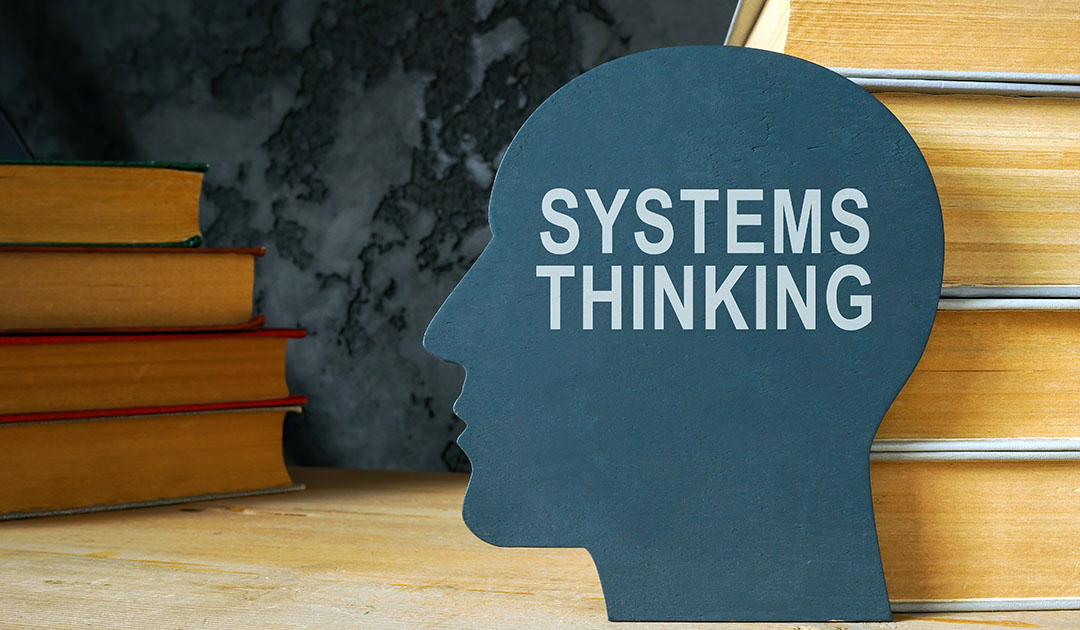
One of the only constants in life is change. As we grow older, we tend to find change more and more disruptive. However, to coin another cliche, life is a journey and to make the most of it will involve many changes over the years.
COVID-19 brought massive change since early 2020 and we are still grappling with those changes, with many now working remotely. In this article, we will talk about the challenge of change at work and how to adjust to a new job. For younger students who have not yet begun to work, this advice might only become relevant in later years. But for older students who may in fact already be working while doing their studies part-time, this will likely prove to be very valuable.
We’ll also offer some advice on how to deal with change and conflict in the workplace, look at the different ways of reacting to conflict and offer practical tips on how to handle conflict.
Dealing with change at work
The work environment is a dynamic thing that is forever changing. To stay relevant and keep up with the competition, companies need to implement change from time to time.
For you, as an employee, this could mean changes to the role you fulfil at the company, the people you work with or the technology that you use every day. Being able to comfortably deal with and adapt to changes will make you more of an asset to the business, as well as your own life easier.
Here are 11 tips for dealing with change at work:
- Be honest about your concerns
- Practice positive thinking
- Communicate with your superior frequently
- Re-evaluate your job and your place within the company
- Ask questions frequently
- Take a skills course
- Confide in family and friends for support
- Arrive to work earlier than you normally do to give more time to settle into the changes
- Help your coworkers adapt to changes
- Take a personal day when needed
- Remember that all change becomes routine with time
Working remotely
One massive work change that many have had to adjust to is remote working. Even though lockdown restrictions have eased, there are now far more remote workers than ever before.
Being a remote worker can be isolating. While it is certainly a perk to be able to work in your slippers and skip the occasional shower and shave, people who work remotely face their own challenges. Among the common problems plaguing remote workers is a lack of social interaction in the workplace, easy distractions and difficulty separating work from your personal life.
It is important to maintain a social support network, eat properly and get enough exercise to look after your mental and physical health. Creating a schedule that you stick to will also help keep you focused while you work. A work plan will also help you to properly relax when you aren’t working.
Conflict in the workplace:
Conflict occurs whenever there is a struggle between at least two parties who have seemingly incompatible goals, with one party clocking the aspirations of the other. These differences of opinion, values or norms can arise between two individuals, within a team of individuals or within an organisation.
Conflict is unavoidable, but rather than trying to avoid it, it can be helpful to view it in a more positive way. On the plus side, conflict can provide healthy chances for learning and growth. On the downside, conflict is one of the worst causes of stress in the workplace
Positive aspects of conflict:
- It allows people to voice their concerns/feelings.
- It can bring about good change.
- It is a survival strategy.
- Conflict can strengthen relationships (learn about others and yourself).
- There is a sense of achievement when conflict is resolved.
Negative aspects of conflict:
- There is a personal attack, blaming or judging.
- It leaves scars (hurts the other emotionally or mentally).
- It can become the only way to communicate one’s needs.
How to handle conflict:
Dealing with conflict at work does not have to be ugly. Approaching the conflict in a reasoned and calm manner will make things easier. Here are five steps to help you navigate yourself towards a win-win solution:
- Define the conflict situation together and listen to the other person’s point of view.
- Exchange reasons for your positions and communicate clearly.
- Understand the other person’s perspective.
- Find options for mutual gain and areas of agreement.
- Reaching an agreement that is fair to all, ideally, create a ‘win-win’ situation
Ways of reacting to conflict:
We all react differently to conflict situations. Our reactions are influenced by several factors, such as the personalities involved, the situation and the stress level the parties are under. Better understanding these different reactions will help you to better deal with conflict situations. Understanding this can also help to distance oneself emotionally and not take things personally. Here are some different approaches to conflict management in the workplace.
Smoothing:
Smoothing is when you give up you own personal goals in order to keep the relationship at the highest possible level. This is appropriate when the goal is not as important as the relationship.
Negotiating:
The aim of negotiation is for both parties to reach the best outcome. It allows for the relationship to remain on a good level. Negotiation is a good approach when the goal and the relationship are both of importance. By reaching agreement, both parties can be satisfied and tension is resolved..
Compromising:
Compromise is a bit of a mix of the two above approaches. It is appropriate when both the goal and the relationship are moderately important. By compromising on part of the goal, you are still able to achieve some of it while also maintaining a good relationship.
Withdrawing:
This is when you give up on both the goal and the relationship, choosing to instead avoid both the person and the issue. This isn’t always the best approach in business, but there are cases where it is appropriate, such as dealing with a hostile stranger. It can also be a good temporary approach to allow you time to think about the situation. If you are feeling angry or upset, then withdrawing can allow you the time you need to regain control of your feelings before reengaging constructively.
Forcing:
Forcing is when someone tries to achieve their goals at all costs. This applies when the goal is far more important than the relationship. This can also occur when the two parties are at different levels of authority, such as a senior manager forcing a junior employee to do a task they do not want to. The forcing approach must be handled with care as it is likely to hurt the relationship.
Wits resources and further reading:
Wits CCDU has compiled some useful guides if you would like to read further about conflict management.
Wits CCDU has also put together a series of articles on the topic of building your resilience so that you are better able to cope with conflict and change in your life. These articles contain useful advice that goes well beyond the workplace, but can be applied to many aspects of your work life.







